SUSTAINED
Read more about actionable examples for responsible design inside.
THE
BEST
2024
BEST OF THE
EDITION •
TM
A Note from our Sustainability Steering Committee
Encouraging Education and Action
SustainED, is LEO A DALY’s newsletter shared quarterly across our integrated design firm. We have curated the best of the best snapshots for you as an extension of our sustainability education.
This content adds to the information and events we have been sharing throughout April as we recognize Sustainability Month. You may have seen or are familiar with our annual campaign “One Step to Better.” It points to our ability to act today and make an impact as leaders of positive change across the built environment.
“One Step to Better” serves as an encouraging daily reminder for each of us to ask one more question and take one more action in our efforts to protect our people and planet. We are leveraging funding mechanisms like the Inflation Reduction Act to make high-performance and sustainable design selections accessible and affordable for most budgets, including non-profit clients.
Take time today to read about actionable steps to elevate experiences and the environment.
Best regards,
Sustainability Steering Committee, LEO A DALY
 Kim Cowman
PE, LEED AP, HFDP
National Director of Engineering
Kim Cowman
PE, LEED AP, HFDP
National Director of Engineering
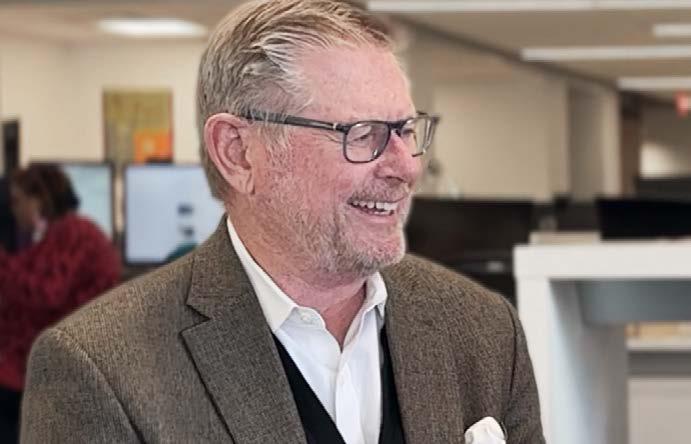
Steve
AIA,
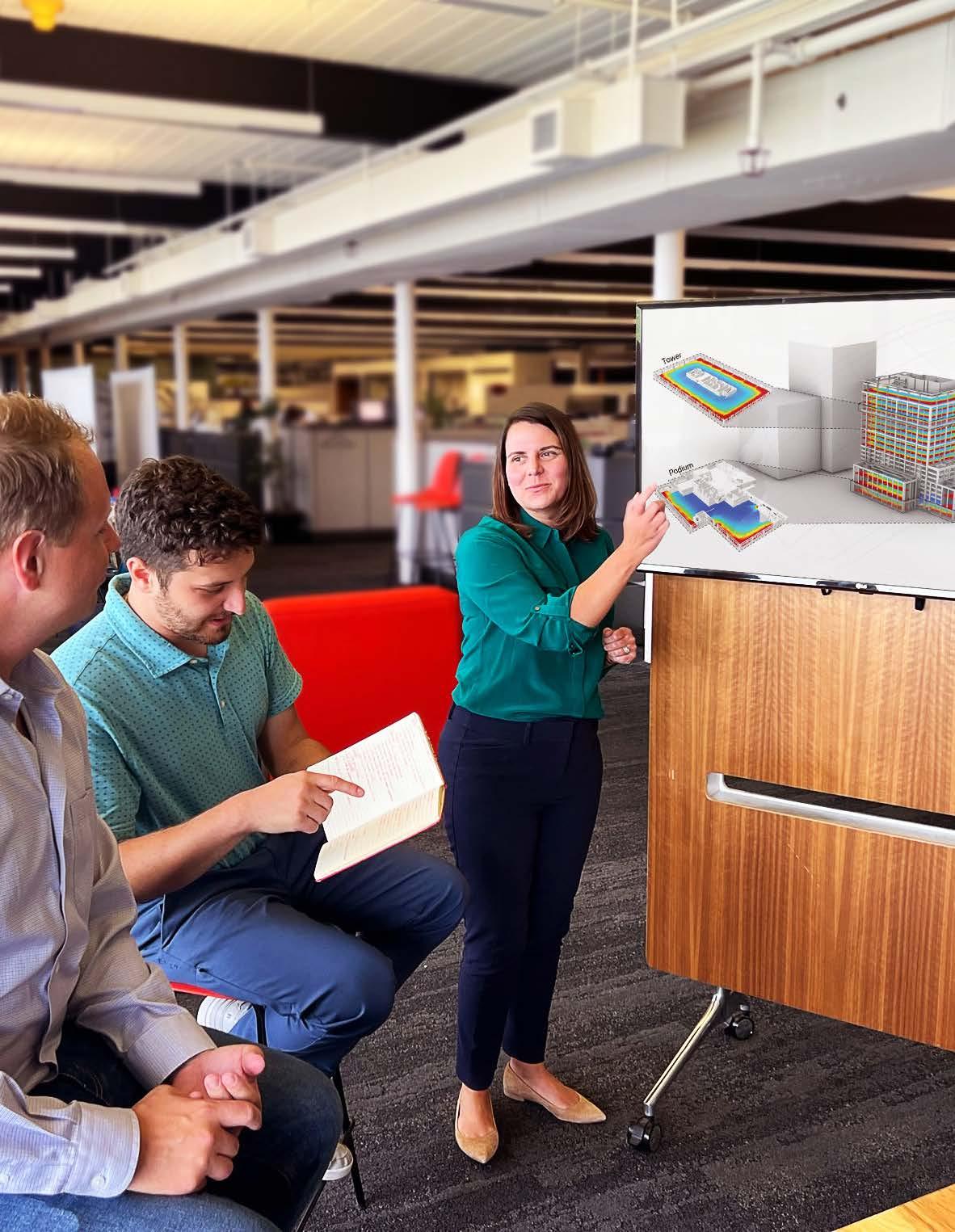 Lichtenberger
NCARB, LEED AP President
Lichtenberger
NCARB, LEED AP President
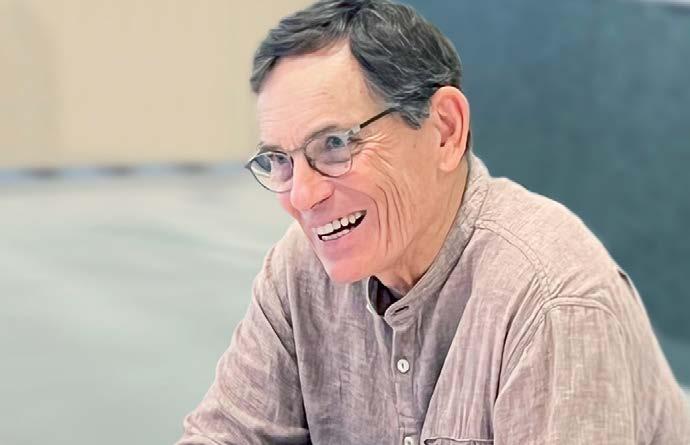
Dennis McFadden FAIA
Global Design Principal
Inflation Reduction Act
The Inflation Reduction Act can make sustainable design selections affordable as it directs $369 billion toward fighting climate change. The most immediate and direct client advantages are awarded in grants, incentives, and direct pay provisions for emissions-reducing goods and services. We are ready to share our experience and help you start to explore the valuable options of this funding mechanism with this streamlined guide.
Decarbonization 101
Decarbonization is defined as the process by which countries, cities, corporations and individuals aim to achieve zero fossil carbon existence and transition to 100% renewable energy sources. It typically refers to the reduction of the carbon emissions associated with electricity, industry and transport.

Managing decarbonization considers three types of carbon and the three scopes of emissions shown above. As regulations are increasing along the coasts and gaining traction across the States and the globe, clients from all industries need guidance in achieving their goals. Five years ago, the built environment language centered on energy efficiency and clean energy. While they are still critical parts of the decarbonization conversation, there is a lot more to understand as capitalizing and trading carbon becomes part of the solution.
Responsible Materials
Understanding the full impact of building materials is complex, and our clients appreciate our professional services that help them identify products and material selections that benefit all living systems. As designers who implement the AIA Materials Pledge, we holistically evaluate the creation and use of materials in projects. Our continuously refreshed materials library reflects support for the use and implementation of materials that have passed standardized emission testing protocols, provided fully transparent information on their material ingredients as verified by a third party, and optimized their products to remove the most harmful substances of concern. We also consider health impacts throughout the supply chain, including how sourcing and manufacturing materials impacts ecosystems and those that live in them.
Sustainability Action Plans
Our awareness and accountability for our influence on the natural environment reflects our commitment to design excellence. We serve as champions of sustainable design practices and are signatories of industry-leading sustainability commitments. Click on logos below for details.

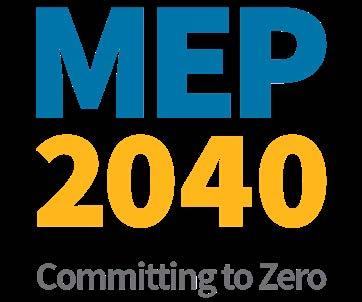


Classroom
SustainED
Sustainable Commitments
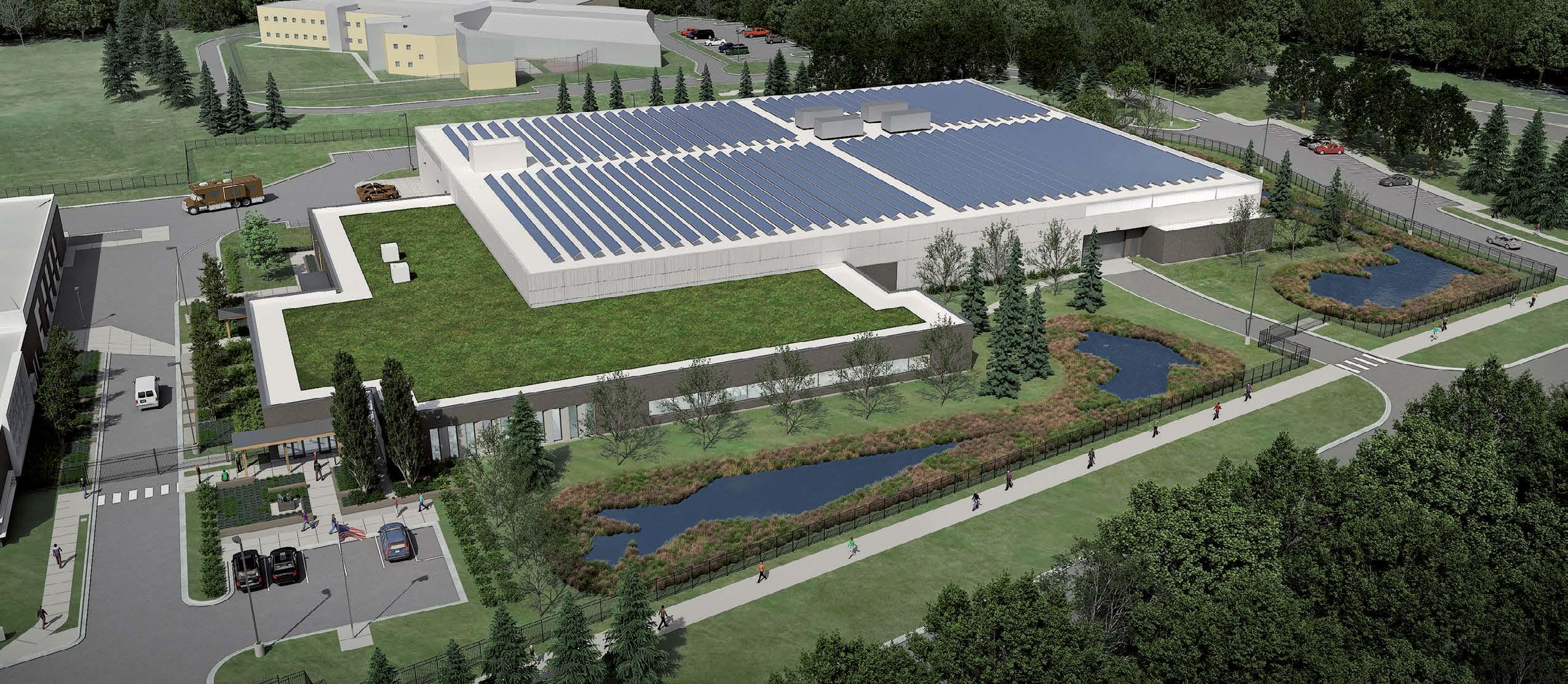
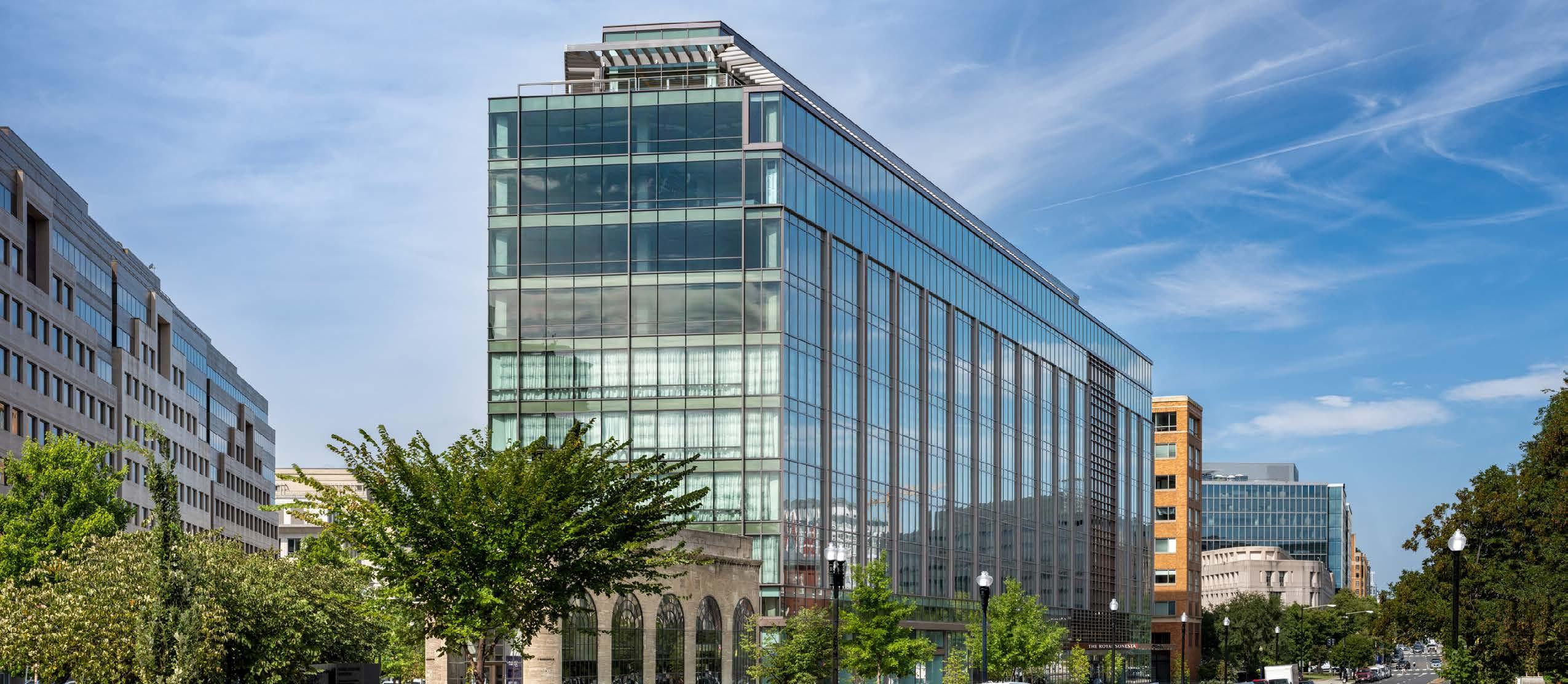
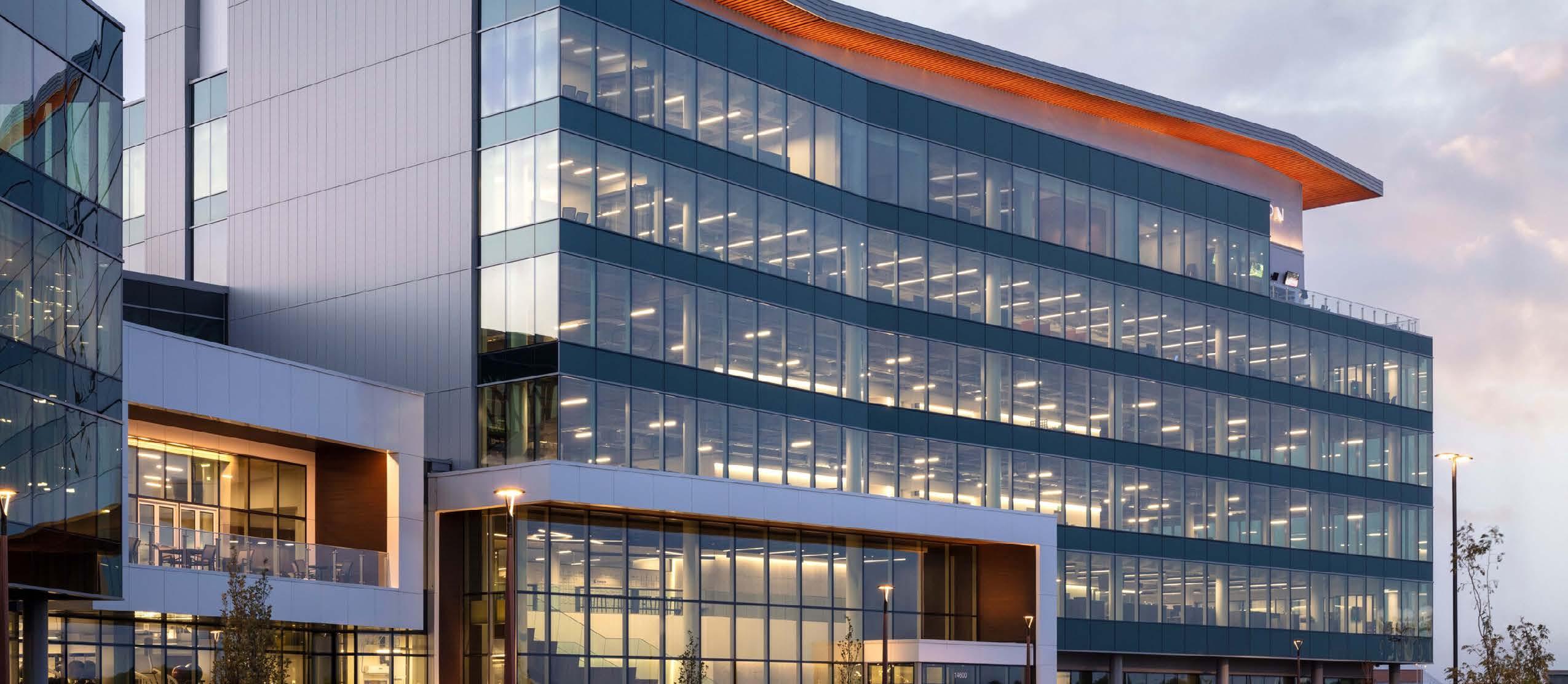
Project Spotlights
Hennepin County Public Safety Services Headquarters
Occupant wellbeing, energy efficiency and minimizing overall environmental impact topped Hennepin County Sheriff’s Office list of goals for their new Public Safety Services Headquarters. To align with and achieve these goals, LEO A DALY’s integrated design team conducted daylighting and energy modeling analysis to uncover data and inform the thousands of collaborative decisions made through the planning, design and construction of this important project.
High-performance design solutions optimize advanced technologies to protect the environment and promote efficiency. The northern climate and non-stop operation of this mission-critical facility made the selection of bifacial photovoltaic panels and a site-saving geothermal system appropriate for the client’s operational and sustainable success. Professional calculations show the solar panels alone are estimated to generate enough clean/renewable energy to power 124 homes for a year.
MASS Appeal
20 Massachusetts Avenue is a comprehensive redevelopment of a former government office building into a vibrant mixed-use destination comprising of penthouse amenities, top office floors with dramatic views of the city, street level retail and a 271-key luxury Royal Sonesta brand hotel located steps away from Union Station. Building on the existing structure saved 6905 metric tons of CO2e, which is equal to emissions from 1488 cars in one year.
Extensive modeling of the envelope, lighting and HVAC systems influenced design decisions which maximize energy efficiency. Solar studies analyzed the behavior of sunlight inside and outside to reduce hotspots and glare potential. Interior window shading, textured terracotta panels and matte/opaque finishes strategically combat unwanted solar effects and ensure occupant comfort. High-performance glazing contributes to more than a 20% reduction in estimated energy consumption. To protect local waterways, a green roof passively captures rainwater using low-flow filters which reduce water consumption by 40%.
FR Carson Group National Headquarters
The Carson Group National Headquarters integrates visionary architecture with highly refined engineering to deliver a world-class occupant experience. Clad in 845 SageGlass electrochromic glass panels, the crystalline skin of the buildings transmits close to ideal luminous intensity to interior spaces throughout each day, dimming automatically in response to changing concentrations of daylight.
The buildings’ innovative shell bathes the interior in healthy daylight, however occupants experience little glare or heat gain. With this envelope there is no need for window coverings giving way to inspiring vistas across the four seasons. This natural daylight renders truer colors, skin tones and textures, and it enhances circadian rhythms. The envelope controls heat gain and glare, in real time, for greater comfort that uses less energy while reducing electric lighting loads about 74 percent compared to a standard (ASHRAE 90.1) glass envelope because it enables more natural daylight.
Reach Out > > >

Design Excellence Resources for Responsible Design
We have dedicated leaders for each pillar of our practice. This integrated approach to design excellence involves data and analyses early in the design process so our clients can make informed decisions across each phase of a project.

High Performance | Nick Lassek
As the high-performance design lead, Nick knows the value of designing for high performance from the start of a project. Once he clearly understands the client’s goals, he shares relevant data about their carbon footprint in those early conversations. From there, the team can make critical design decisions from early analyses to maximize outcomes. Early involvement also ensures the systems match clients’ capabilities for operation and maintenance.

Decarbonization | Jake Zach
As the decarbonization subject matter expert, Jake helps clients explore and manage embodied, operational and transportation carbon emissions. He provides, measures and evaluates a range of carbon-reducing and carbon-free options that align with clients’ project and operational goals. Jake leads the embodied carbon efforts associated with LEO A DALY’s SE 2050 pledge.
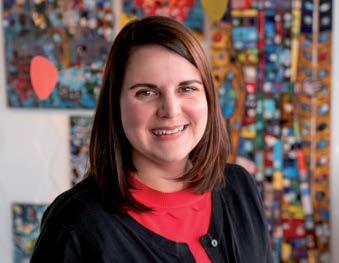
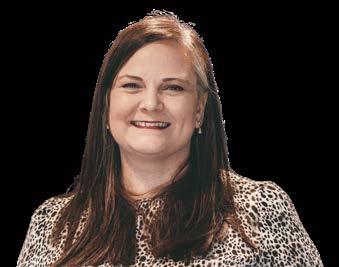
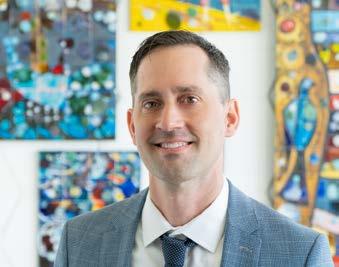

Responsible Materials | Jennifer Gustafson
Jennifer leads the LEO A DALY responsible materials research and action group dedicated to helping our designers, architects, engineers and clients stay informed and engaged in selecting healthy building materials. She prioritizes education, ¬¬¬information and access to clear tutorials on the tools available to evaluate the health impacts of interior finish materials.
Wellbeing | Trevor Hollins
Trevor focuses on building occupants wellbeing. Human comfort and health factors require precise modeling and analysis to design adequate amounts of daylight while managing glare and heat gain. The design process for wellbeing also considers the optimization of ventilation, temperature and humidity, air filtration and air flow.
Post-occupancy Evalution | Michael Kuhlenengel
Using defined research methodologies, Michael plans, directs and assembles post-occupancy evaluation documentation that project stakeholders and partners can use to assess design decisions and solutions. Once construction is complete, he works with owners to gather operational data and user feedback to capture real-time performance data and insights that drive continuous improvement.

 Kim Cowman
PE, LEED AP, HFDP
National Director of Engineering
Kim Cowman
PE, LEED AP, HFDP
National Director of Engineering

 Lichtenberger
NCARB, LEED AP President
Lichtenberger
NCARB, LEED AP President

















